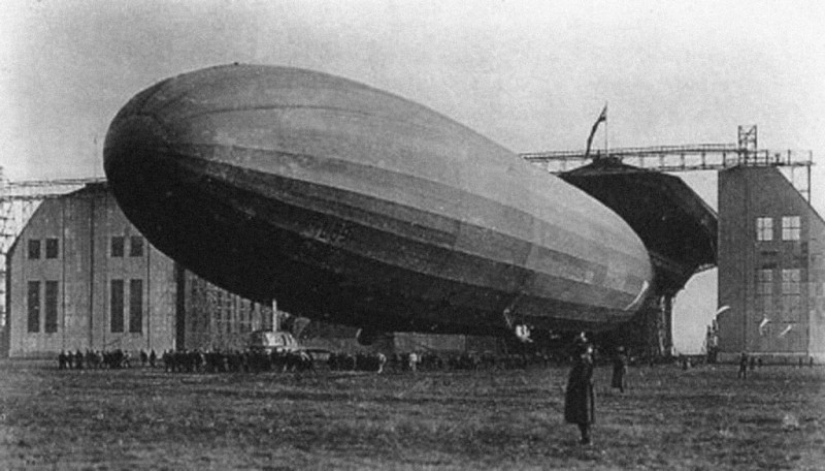The airship that could — How a German aircraft broke the flight range record without wanting to
Categories: History
By Pictolic https://pictolic.com/article/the-airship-that-could-how-a-german-aircraft-broke-the-flight-range-record-without-wanting-to1.htmlMore than a hundred years ago, the legendary flight of the Zeppelin LZ 104 airship, also known as the "African Ship", was made. The purpose of the flight was to deliver supplies to the colonial troops of General Paul von Lettow-Vorbeck in Tanganyika. But the mission was never completed.


By 1917, in German East Africa, German troops under the command of a Major General Paul von Lettow-Vorbeck continued fighting against the Entente. But the colonies of Germany were cut off from supplies due to the naval blockade. The only possible way to transfer supplies to Tanganyika had an air service.
Faced with such a seemingly hopeless situation, Berlin launched a plan to transfer cargo to 7,000 kilometers separating Germany from the colonial possessions. The appearance in 1917 of a new type of airships with a long range and carrying capacity made this possible. To fulfill the plan, the crew of the Zeppelin LZ 104 airship was assigned to make a secret one-way mission to Africa and deliver 50 tons of supplies. This would be the longest flight in history.

The LZ 104 team was recruited from volunteers, who were not lacking, despite the fact that they knew that after landing at their destination they would have a chance to return only after the end of the war. But at that time, the Germans still believed in their victory, so it was not difficult to form a team of 22 people. After landing, it was supposed to disassemble the airship and use spare parts for the needs of the army.

The first few attempts to launch the airship did not take place due to adverse weather conditions. But on the third attempt, on November 21, 1917, the airship set off from Yambol (Bulgaria). A day later he reached Egypt. But then there were problems with the engine gearbox, because of which the crew could not send radio messages, but could only receive them. The next day, the airship almost crashed due to severe turbulence. Despite the problems, the airship continued its way south.

Meanwhile, the British had uncovered the cipher used in communications with Lettow-Forbeck. Thus, they knew about the mission of the airship and tried to change it in every possible way by sending fabricated messages.
But on November 23, when LZ 104 was flying over Sudan, the crew received an emergency message from Tanganyika. It said that the British managed to oust Lettov-Vorbeck's troops from the plain around Makhnete, where the airship was supposed to land, and they retreated into the mountains. There was no chance to land the aircraft without risk, and the crew decided to deploy the vessel and curtail the mission.
On November 24, the ship returned to Yambol, from where it took off. The flight lasted a total of 96 hours, during which time LZ 104 covered 6800 kilometers. At that time, it became a range record, which lasted until 1924.

The subsequent fate of the aircraft was tragic. It was sent to the Strait of Otranto to attack the British naval base in Malta. On August 7, 1918, LZ 104 exploded in the air, the entire crew, consisting of 21 people, was killed. The alleged cause of the disaster was a lightning strike or a short circuit in the electrical system.
Recent articles

We are all used to seeing famous people in front of the camera. And what happens if everyone is swapped? We bring to your attention ...

Unremarkable at first glance, a resident of Nebraska Hanna Sabat (Hanna Sabata) has managed to become world famous thanks to his ...

Many creative people had cats, for some they even became muses. Apparently, people with a fine mental organization prefer to have ...